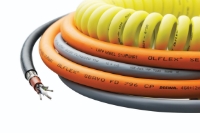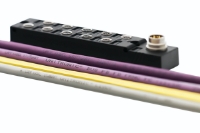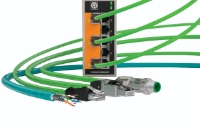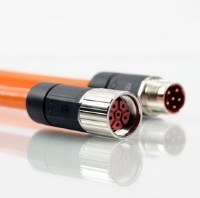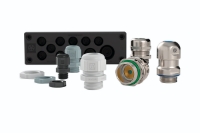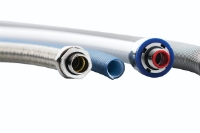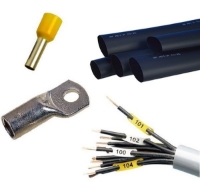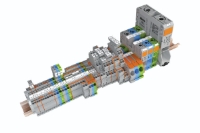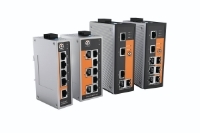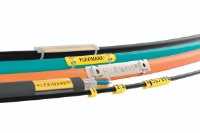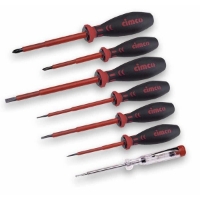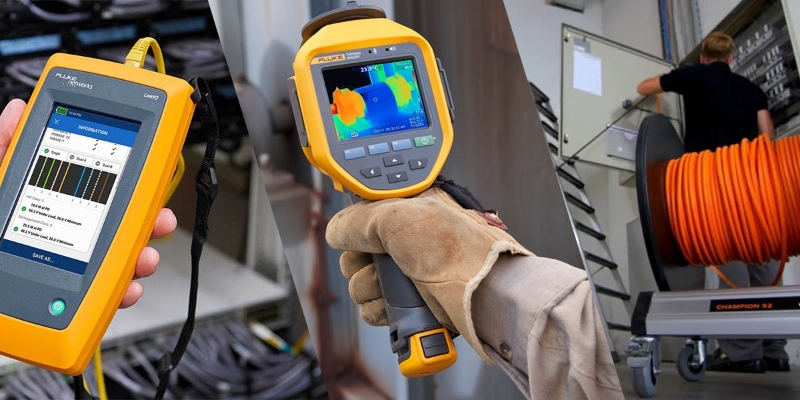FOOD AND BEVERAGE PRODUCTION: CAN AUTOMATION SOLVE UNPLANNED DOWNTIME?
As the world population is estimated to reach 9 billion by 2050, the global food production will need to increase by 60-70% to keep up with the demand. With more processed food being consumed and production facilities expanding to accommodate this growth, issues such as machine downtime can have far reaching and detrimental effects, both on consumer health and on brand trust.
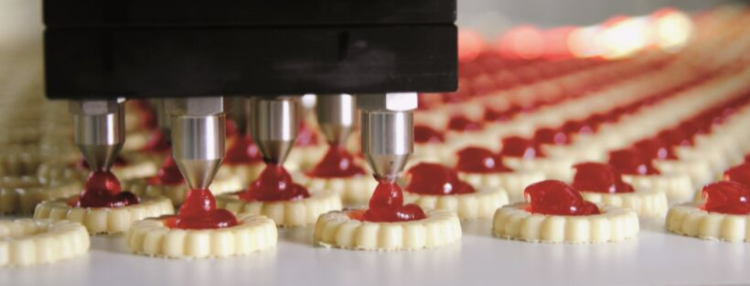
Those working in the food and beverage industry are very aware that timing is everything.
In these high-speed environments there is no off button. New orders are constantly coming in, there is a continuing need to process more, to do this faster and with more efficiency. The added pressure in this already fast-paced environment comes from the nature of the products. Many of food and beverage products are perishable, they can expire, become damaged or contaminated.
When things happen, they happen in real time, and the consequences of errors can have a domino effect that directly affects manufacturers as well as F&B suppliers. In our experience, machinery downtime can cost companies anything from $15,000AUD to $80,000AUD per hour – and fixing the issue can take hours or even days depending on the complexity of the problem.
Take a PVC cable that’s installed in a wash down area for example. PVC absorbs water like a sponge which will affect the cable’s correct functioning. At some point the cable will stop doing its job, the machine will break down, production will have to seize, and the downtime clock will start ticking. So, how can food and beverage manufacturers mitigate the effects of production disruption? By employing smart and automated food safety strategies that reduce the chances of contamination, human error and production downtime.
Connection solutions for all tastes
Here at LAPP we’re embracing the new technologies that are part of digitalisation. Picking, wrapping, boxing, labelling – the actions performed on the food production line require accuracy and reliability in order to avoid costly errors and downtime. We know that precision and flexibility are essential to success, which is why we offer a range of solutions to fit your needs.
Drawing on our many years of experience, we have developed a portfolio of standard and special products that meet the high demands of the Food & Beverage industry. We test our products up to their maximum loads in our own laboratory and ensure they can withstand harsh cleaning agents, hot water and chemicals. They are also resistant to mechanical stresses such as repeated bending and torsion, providing accuracy and speed where needed.
DOWNLOAD the latest LAPP Food & Beverage Catalogue
Our innovations
With LAPP’s product suite especially created for the Food & Beverage industry, you can focus on your production without worrying about hygiene, damages and most importantly, profit loss.

